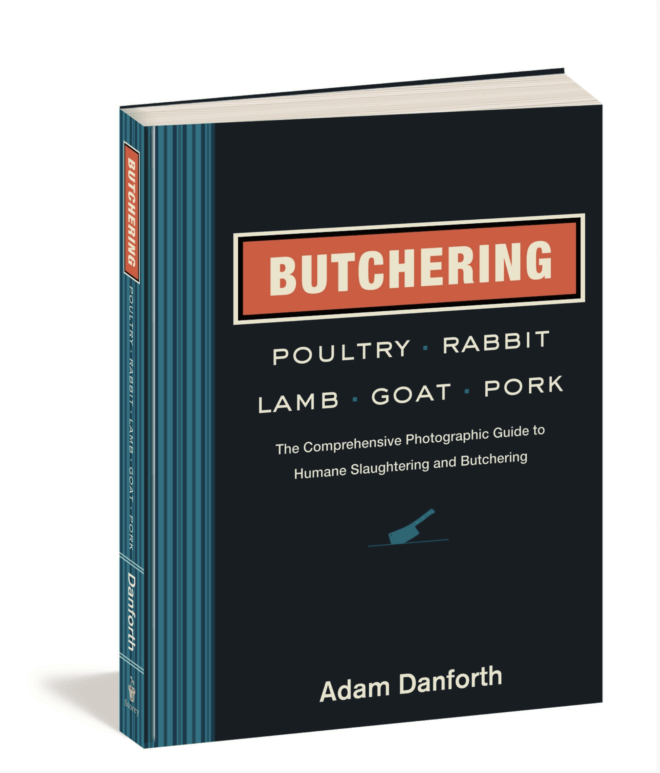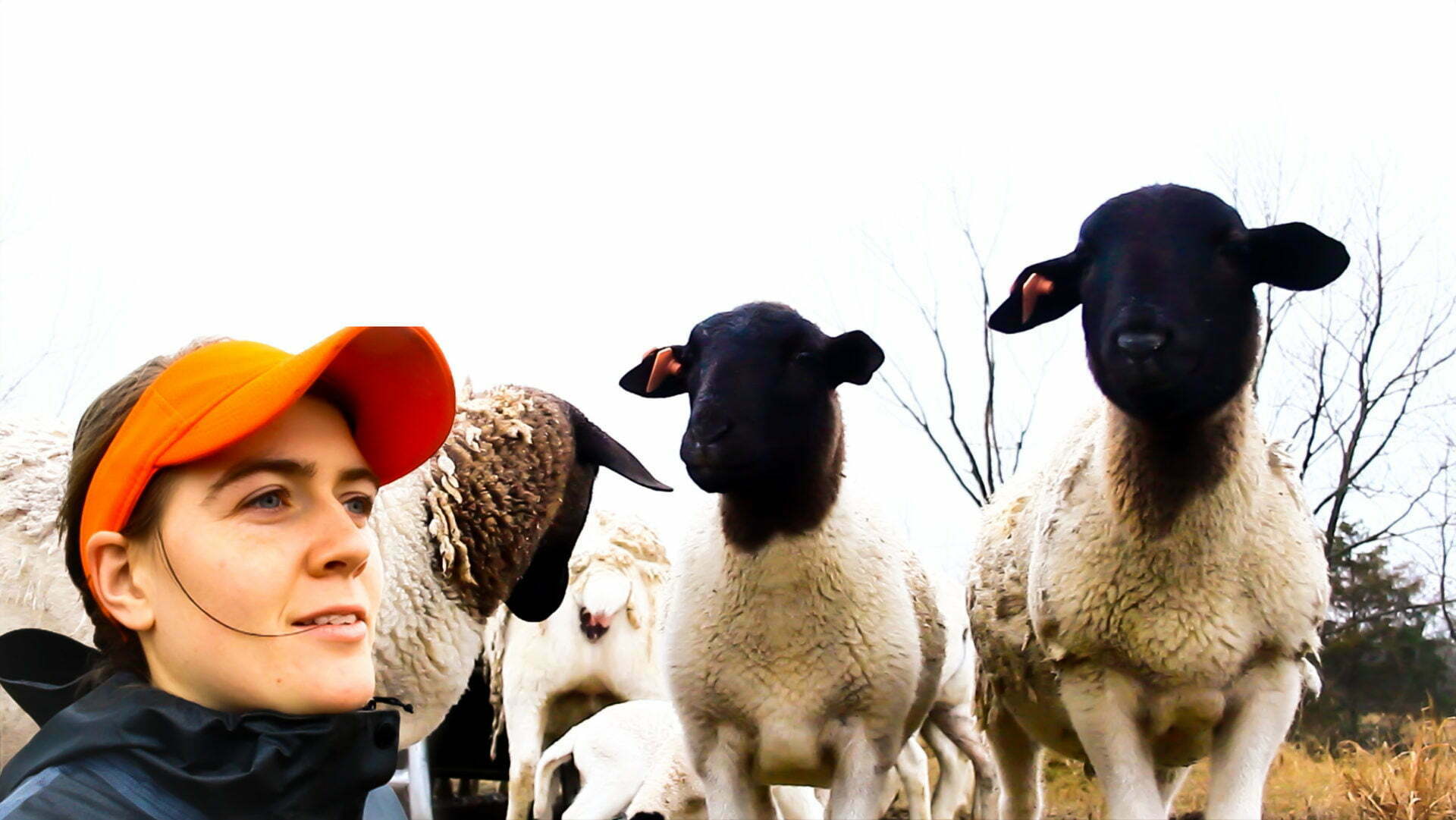Butchering a Sheep at Home (using Bearded Butcher Knives)
In this blog post, I’ll walk you through the process of butchering a sheep using only a knife and paracord. This guide is based on my first time experience and aims to provide useful insights for those who may find themselves in a similar situation.
Introduction
The first time I butchered a sheep was quite the learning experience. By the end of the winter, I had butchered four or five lambs and was surprised at how much my efficiency improved. Initially, my supplies were limited: I had an 6-inch Bearded Butcher boning knife, some paracord, and a tree limb.
Context and Preparation
This butchering session was unplanned, and my supply situation was limited. Despite this, I found the book “Butchering” by Adam Danforth to be invaluable. It’s a must-have for any homesteader. You can purchase it at Shepherdess.com to support my work.
In addition to this book, I binge-watched the Bearded Butcher Channel on Youtube and gained a lot of insight from simply watching experts perform the process on repeat.
The lamb died unexpectedly from bloat after consuming between 10 and 20 pounds of barley in one afternoon. Although I tried some rescue remedies, I caught the issue too late. This unfortunate event gave me the opportunity to practice butchering with a fresh kill, knowing exactly how and why the animal had died.
Tools and Setup
For this task, my primary tools were paracord and a knife. I also had a five-gallon bucket of water and a shallow rectangular tub lined with hay to catch the waste. Keeping the area clean and disposing of waste properly is crucial to avoid attracting predators.
Butchering Process
Even though the sheep was already dead, I practiced the same cuts as if it were alive, which prepared me for future butchering sessions. Following the instructions from Danforth’s book, I made an incision around the rectum and sealed it with a zip tie, then cut around the tail. Once these cuts were made, the skinning process became much easier. I made a seam from leg to leg, mimicking the inseam of pants, and peeled the skin off like a glove.
One challenge was hoisting the carcass up by its back legs. Initially, I tried using my body weight, but the lamb was too heavy. I ended up using our UTV to hoist it up. As the animal’s abdomen swells after death, it becomes more difficult to peel the hide without making a seam down the belly. I took my time and muscled through this part, improving my technique with each subsequent butchering.
Efficiency Improvements
The first butchering took me four hours, as I was learning and comparing what I saw to diagrams in Danforth’s book. By the third sheep, I had reduced the time to one hour and 20 minutes. I still used primarily paracord and a knife, but also used hedge trimmers to remove the head and hooves.
Conclusion
While I didn’t necessarily enjoy the process, I now feel confident in my ability to take an animal from pasture to plate, creating a complete supply chain here on the farm. This experience has also increased my appreciation for professional butchers :).
Make sure to give this post a thumbs up before you leave! Comment below with where you’re reading from—I love to read your comments. Also, check out my next post explaining why I chose Dorper sheep over St. Croix for my farm.

